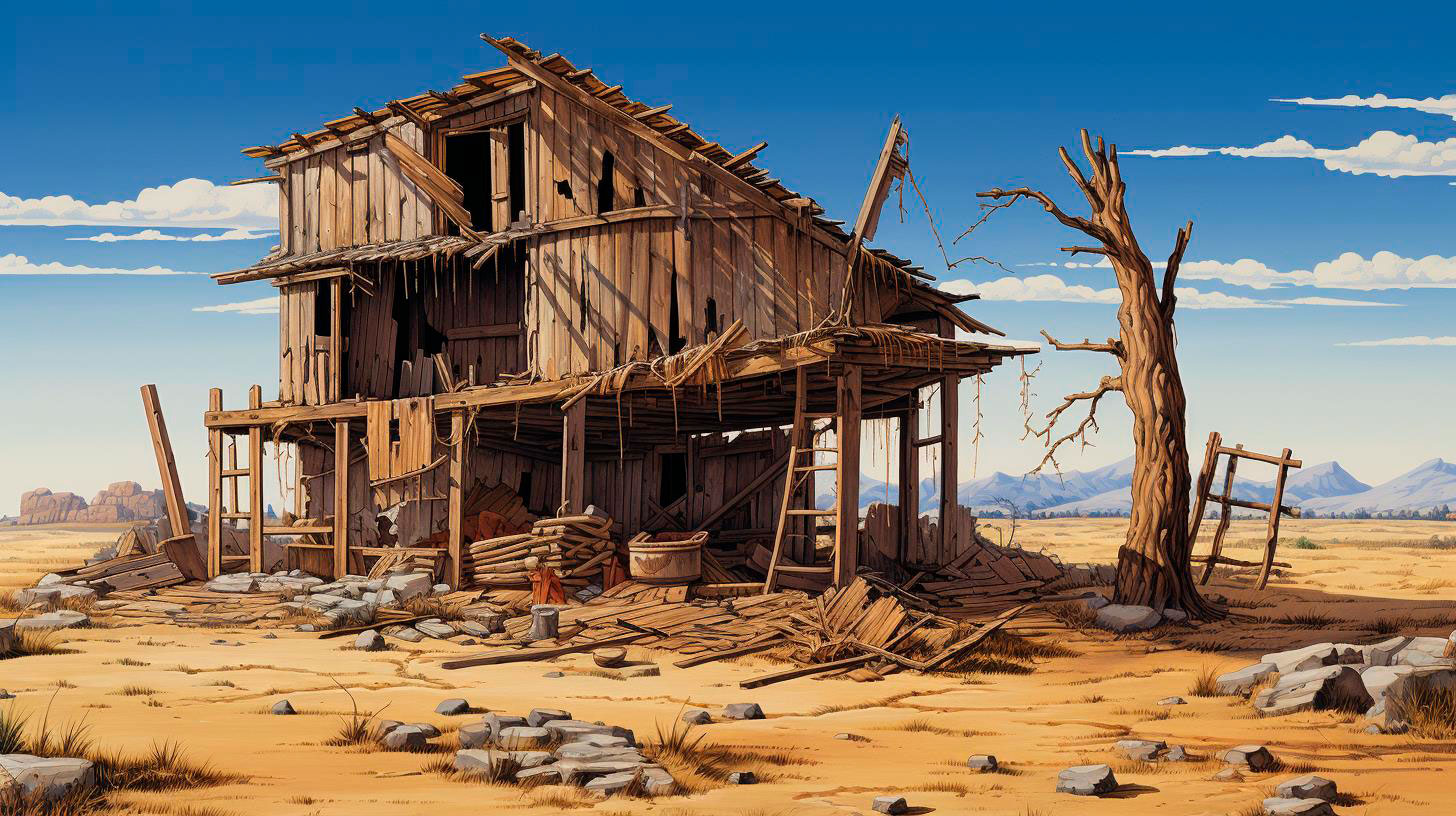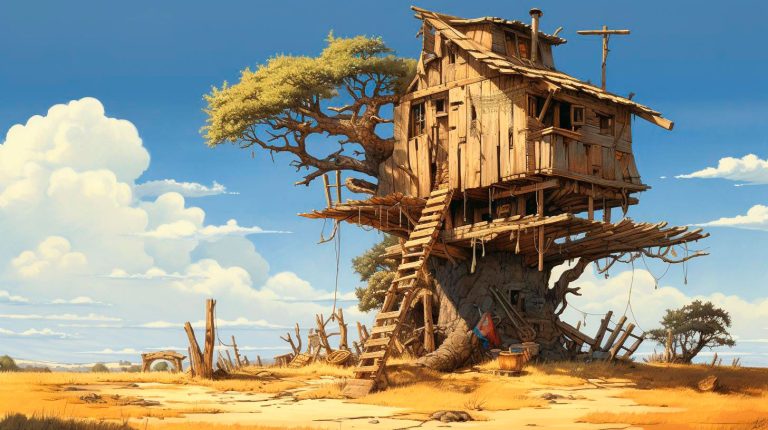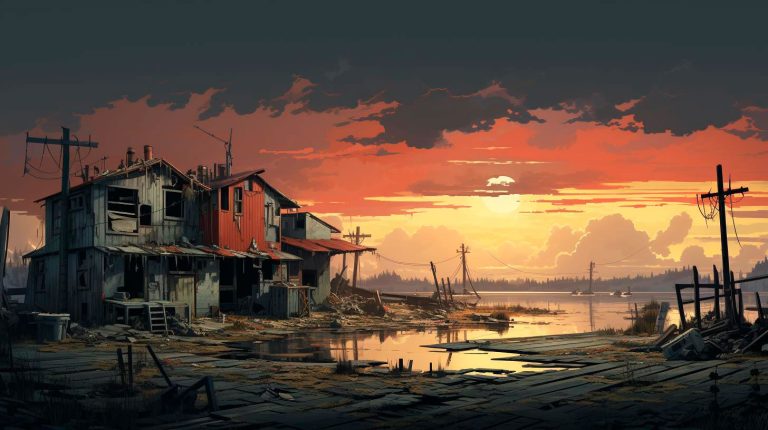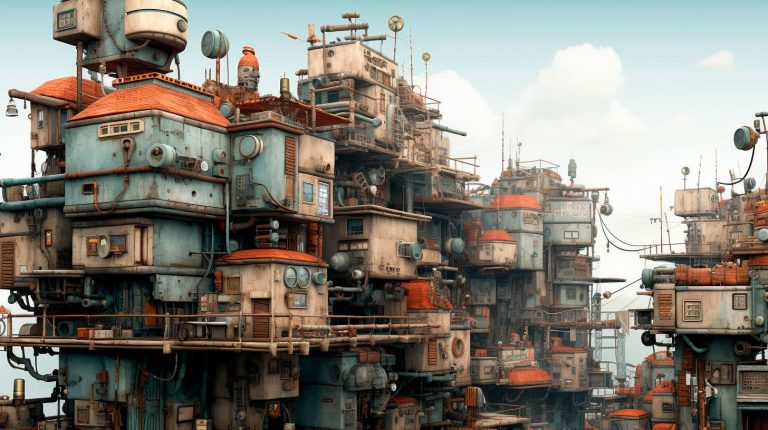In this article, we will explore the ways in which photography plays a vital role in raising awareness and advocating for the preservation of our planet’s diverse wildlife.
The Power of Visual Storytelling
Photography has the unique ability to capture powerful moments and tell stories that words alone cannot convey. With stunning images, photographers are able to capture the beauty, complexity, and vulnerability of various species and their habitats. These visuals create an emotional connection with viewers, fostering empathy and a desire to protect these magnificent creatures.
Key Takeaway 1: Photography engages viewers on an emotional level, driving awareness and empathy for wildlife conservation efforts.
An Eye-Opening Lens
Beyond creating awareness, photography serves as a lens through which we can understand and appreciate the intricate relationship between wildlife and their ecosystems. Through the lens of a camera, we can witness the struggles and challenges animals face in their natural habitats. From the impact of climate change to habitat destruction, these images serve as a wake-up call, urging us to take action.
Key Takeaway 2: Photography reveals the pressing environmental issues that threaten wildlife and their habitats, driving urgency for conservation action.
Capturing Endangered Species
One of the most significant contributions of photography to wildlife conservation is documenting endangered species. Photographers venture into remote locations, facing challenging conditions to capture images of rare and elusive animals. By sharing these photographs with the world, photographers raise awareness about endangered species and their dire conservation status.
Key Takeaway 3: Photography helps highlight the plight of endangered species, encouraging conservation efforts and supporting their protection.
Mobilizing Conservation Action
The power of photography extends beyond awareness; it also plays a crucial role in mobilizing support and inspiring action for conservation causes. Through captivating images, photographers connect individuals, organizations, and policymakers, fostering collaborative efforts to protect wildlife and their habitats.
Key Takeaway 4: Photography acts as a catalyst for collaboration and action among various stakeholders in wildlife conservation efforts.
Technology Amplifying Conservation Photography
Thanks to advancements in technology, photography has become more accessible and inclusive, allowing individuals from various backgrounds to contribute to wildlife conservation. With the increased availability of affordable high-quality cameras and social media platforms, anyone can capture and share compelling wildlife photographs, raising further awareness and engaging a broader audience.
Key Takeaway 5: Technological advancements have democratized wildlife photography, enabling more people to contribute to conservation efforts.
Conclusion
Photography has proven to be an invaluable tool in driving wildlife conservation efforts. Through visual storytelling, capturing endangered species, and inspiring action, photographers are making a substantial impact on the protection and preservation of wildlife and their habitats. At a time when our planet is facing unprecedented environmental challenges, photography has the potential to be a powerful force for change.
So, whether you are an aspiring photographer or a passionate advocate for wildlife conservation, let us harness the power of our lenses to inspire, educate, and drive positive action towards a future where both humans and wildlife can coexist harmoniously.



















+ There are no comments
Add yours